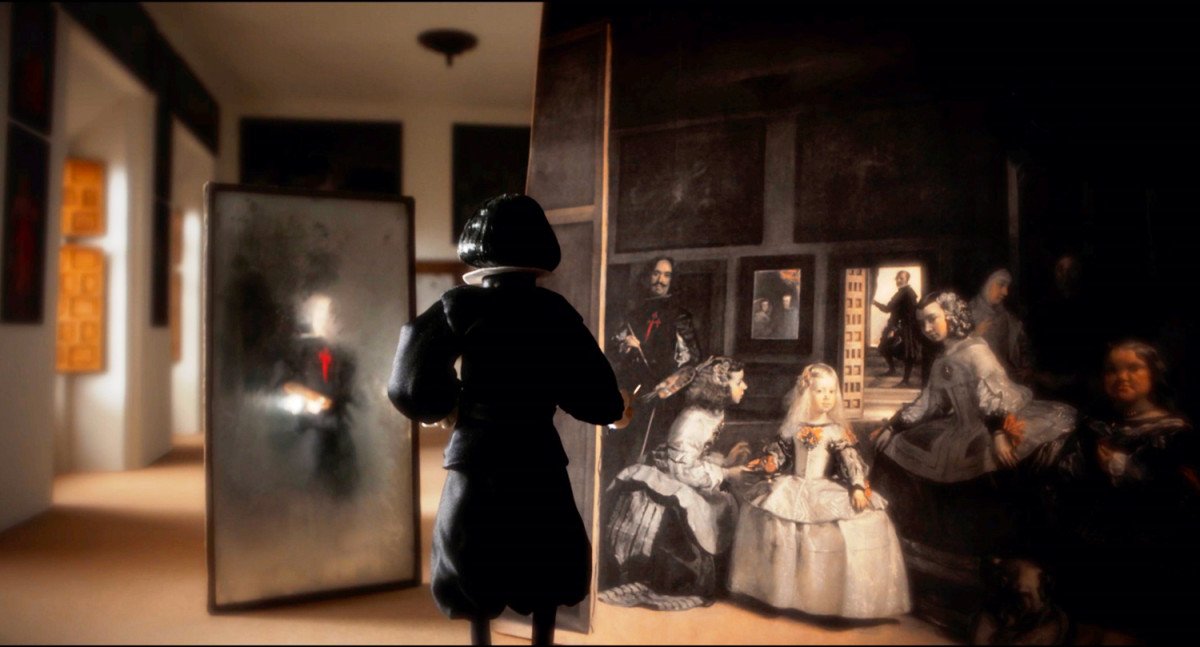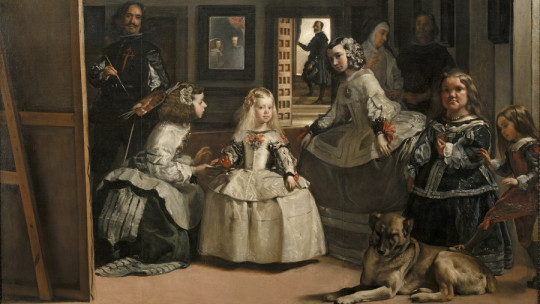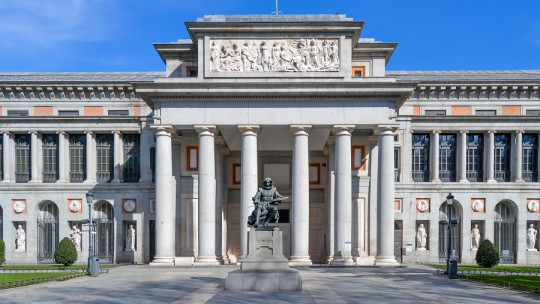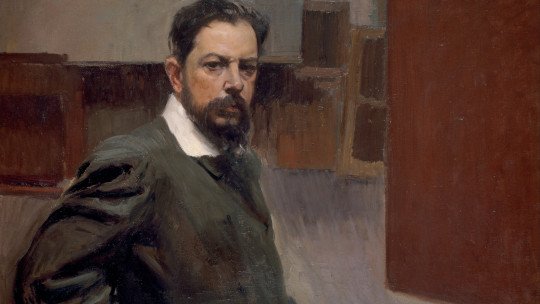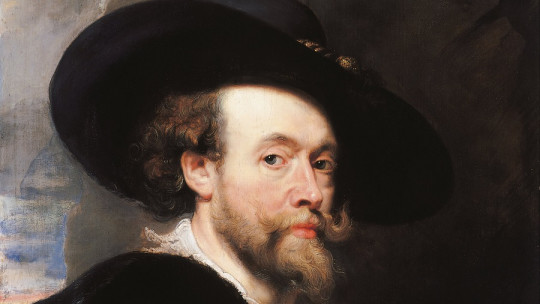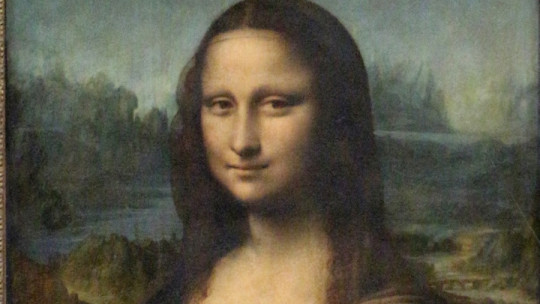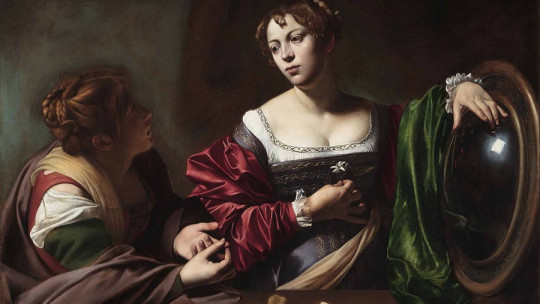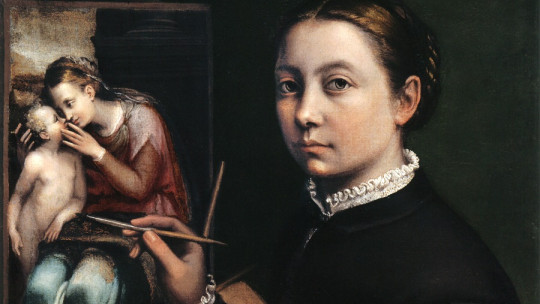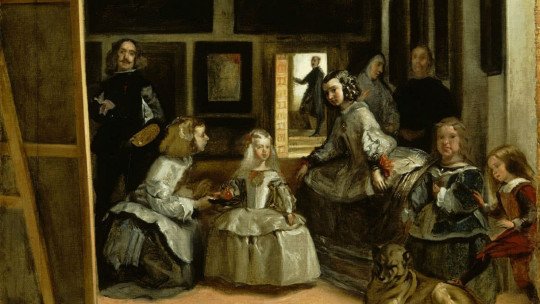
If we talk to you about Las Meninas by Velázquez, surely the painting in question will immediately come to mind. Because, if you have not been to the Prado Museum in Madrid, you have probably seen it in one of the countless reproductions of it that can be found everywhere. And it is that The canvas is one of the jewels not only of the Baroque, but also of universal art, and Diego Velázquez is, without a doubt, one of the best painters of all time.
Velázquez’s self-portrait in Las Meninas: the pursuit of a dream
Let’s try to briefly describe what appears in the painting. In the foreground we see, in the center, the little Infanta Margarita, who is escorted by her meninas or maids. A little further to the right of the canvas we find Nicolasito Pertusato, one of the palace’s dwarfs, who is bothering a quiet mastiff that seems to be dozing. Next to Nicolasito we see Mari Bárbola, also serving the infanta, who looks towards the viewer.
In the second place, also on the right (always from our vision) Marcela Ulloa, the head waitress, chats animatedly with another character (of unknown identity), while, in the back, José Nieto, the royal host, peers through of the open door. In the mirror hanging to the left of the painting we can see the diffuse reflection of Philip IV and his wife Mariana of Austria. Finally, On the far left we see Velázquez himself, brushes in hand, who seems to contemplate the portrait he is making of the kings.
Apparently, this is an everyday scene; Velázquez is in the Prince’s Room of the old Alcázar of Madrid, painting the monarchs, when, suddenly, the Infanta and her servants burst into the room and stop to look at the painting… or perhaps there is another explanation?
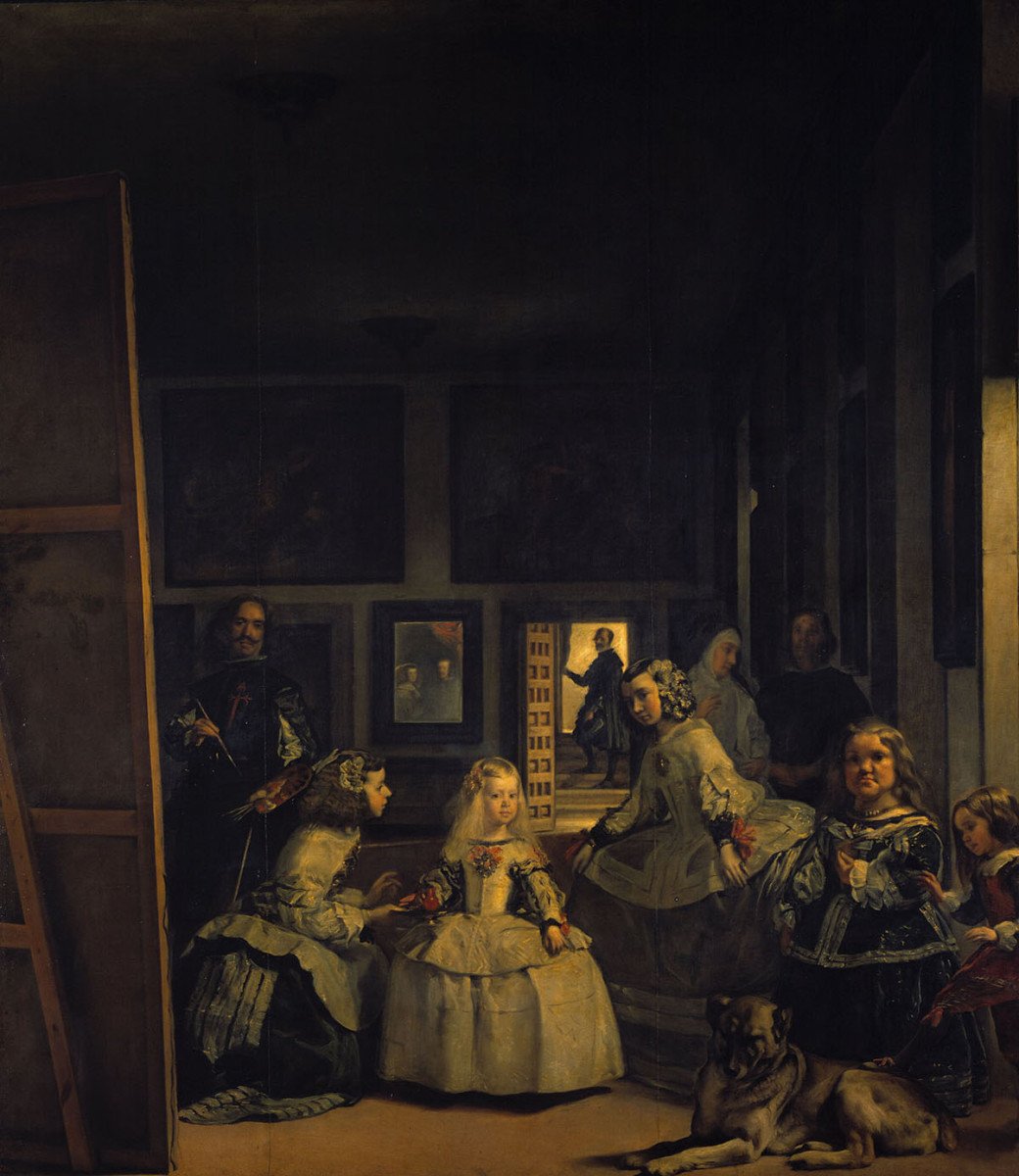
The family of Philip IV
Many things have been said about Las Meninas, one of the paintings that has most fascinated over the centuries and countless attempts have been made to unravel a possible hidden meaning. Perhaps the title of the inventory with which he registered, The Family of Philip IV, sheds some light on the matter. The family of Philip IV; That is, it is a portrait of the royal family. However, Don’t the king’s servants have a greater role than the monarch’s family… and even than the king himself?
Throughout the almost four centuries of the painting’s life, scholars have racked their brains to find meaning in the mysterious and fascinating Velazquez canvas. However, the fact that the concept of family, in the 17th century, referred to the group of servants in a house, can give us some clues. Could Velázquez be representing the servants of the royal house?
It is a plausible explanation, since, in reality, most of the characters that appear are servants of the Alcázar: the little princess’s meninas, the guard of unknown identity, the head waitress who talks to him, the royal chamberlain… and even Velázquez himself who, as a chamber painter, was also a worker for the king.
Shoemaker, blacksmith, farmer… and painter
Diego Velázquez (1599-1660) was the king’s chamber painter in those years, a position he had long dreamed of and, of course, highly deserved. On his dark doublet, on his chest, he displays the cross of the order of Santiago, which stands out, with its clear red, against the black of the suit and the pronounced darkness of the corner. Given that the cross of Santiago was not awarded to him until 1658 and the painting is dated 1656 (or that is what the painting treatise writer Antonio Palomino proposed and what has remained the correct date), Everything seems to indicate that Velázquez retouched the painting and painted the desired cross afterwards.
But let’s return to the epicenter of this article: why does Velázquez take a self-portrait in Las Meninas? If he was a chamber painter and, therefore, a worker for the king, it does not seem unreasonable for him to join the group of portrayed servants of the royal family. Or is there another reason?
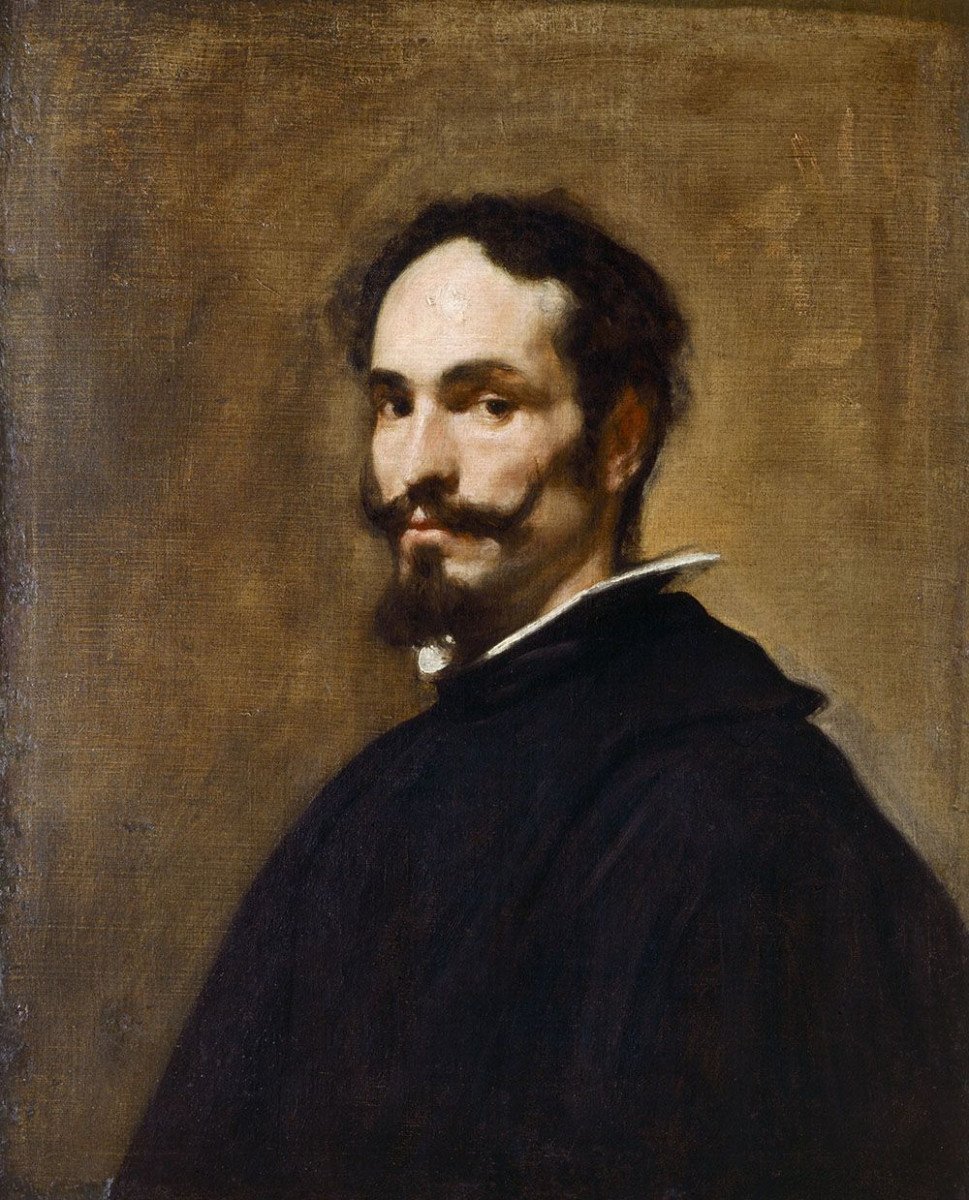
In the 17th century, the artist had not yet acquired the prestige that he would have later, especially from the 18th century Academy onwards. Although in the Italian Renaissance figures such as Leon Battista Alberti (1404-1472) tried to show that the artist was also an intellectual (and not just a manual) worker, it would still take some centuries for his figure to truly be accepted as such.
Baroque society was heir to medieval society in many aspects. One of them was the vision that the wealthy classes (that is, the clergy and the aristocracy) had of work done with the hands. It was a vulgar activity, in its most etymological sense (since it was typical of the common people, of the common people). No self-respecting nobleman or ecclesiastic could dedicate himself to manual activities if he wanted to preserve his prestige and that of his caste. And the professions of painter, sculptor, and even architect, were placed at the same level as those of shoemaker, farmer or blacksmith.
A passionate demand
From the above, we can think: why, then, did the monks illuminate manuscripts? Well, that was an activity whose craftsmanship was “exempted” because it was related to God. But, returning to Velázquez, we can affirm that Throughout his life he tried to position his profession as another intellectual profession, something that Alberti had already started in Italy and that, in Spain, in the 17th century, was not yet fully established.
So, we have that Velázquez portrays himself in Las Meninas. To what end? Well, to vindicate his profession as a painter. Supported by the opinions of intellectuals such as the aforementioned Alberti or that of his father-in-law and teacher, the painter Francisco Pacheco (1564-1644), he made an authentic statement about the nobility of painting, elevated by all of them to the category of liberal art.
In truth, works like Las Meninas do not suggest simple manual work. It is an apotheosis of artistic techniques such as perspective (mathematical and aerial), the mastery of color and light and a careful psychological representation of the characters. There is a reason why the writer Théophile Gautier (1811-1872), when he saw the canvas for the first time, blurted out, astonished: “Where is the painting?”
